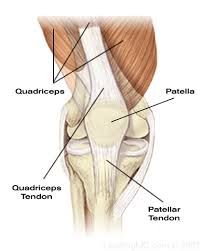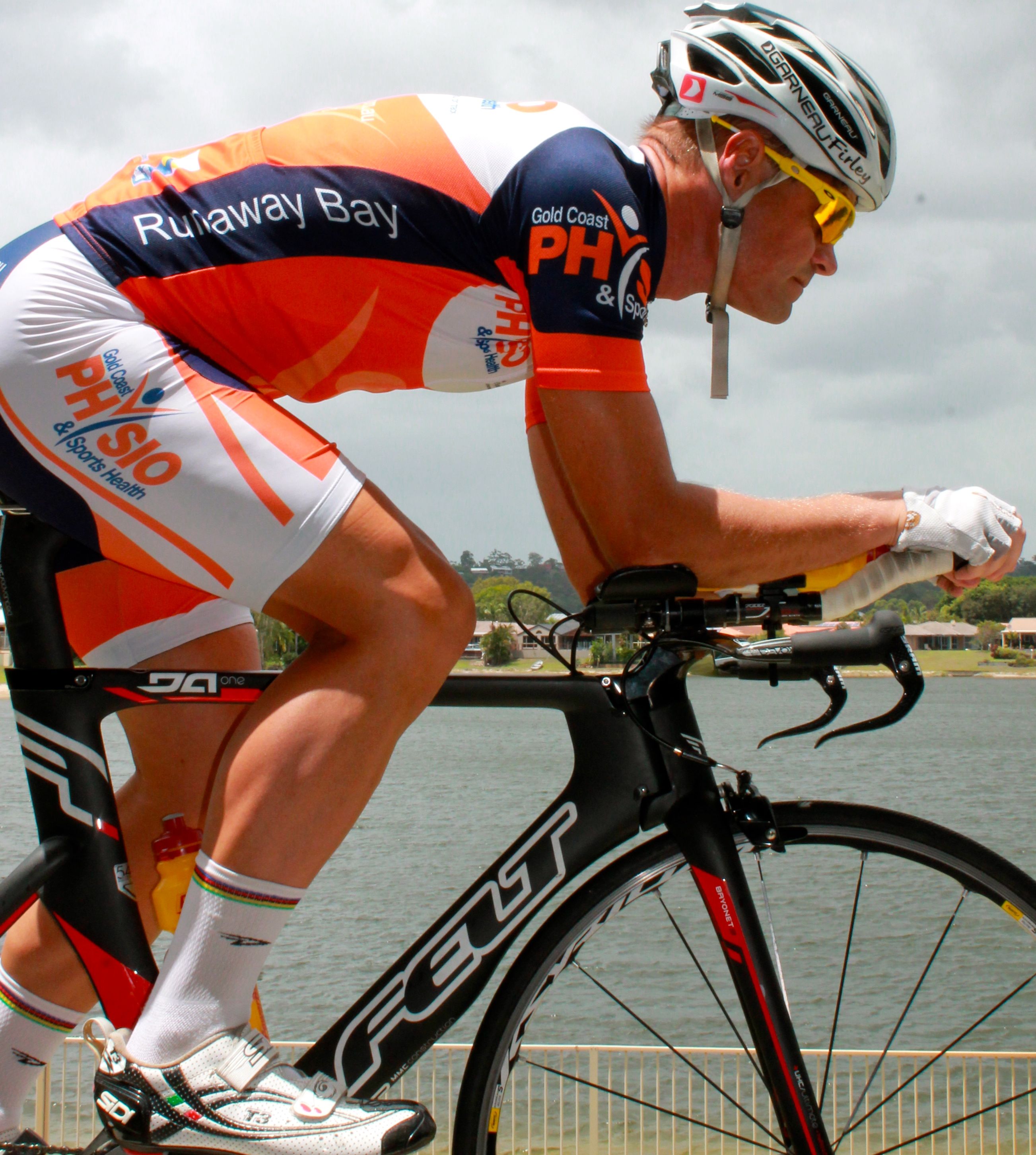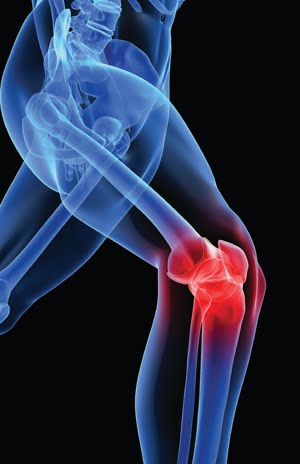Hurting Knees when you run or ride? Perhaps you should read this – Patello-femoral (PF) Knee Pain
 “Patello-femoral pain” is a general term used to describe pain at the front of the knee that arises from the articulation of the knee-cap (patella) and thigh bone (femur) and is thought to be the most common diagnosis of knee pain. PF pain is most common in growing children and females but can affect everyone at anytime.
“Patello-femoral pain” is a general term used to describe pain at the front of the knee that arises from the articulation of the knee-cap (patella) and thigh bone (femur) and is thought to be the most common diagnosis of knee pain. PF pain is most common in growing children and females but can affect everyone at anytime.
Athletes and the General Population with PF pain will complain of diffuse, vague pain at the front of the knee or they may describe the pain as “behind the knee-cap”. The pain is aggravated by prolonged sitting or activities that load the quadriceps muscles such as efforts/hills on the bike, walking down/up stairs and squatting.
The underlying mechanism of the condition is somewhat unclear but it appears to be related to the way the patella moves (or tracks) during knee flexion (bend) and extension (straightening). Abnormal patella tracking may result from a number of factors including poor anatomical alignment of the foot, knee or pelvis, poor squatting and bending technique, poor knee position when riding bikes as a result of poor bike set-up, or the development of muscle imbalances, particularly in the quadriceps muscle groups. Any population with PF pain have been shown to have a dominance of activity in the outside quadriceps (vastus lateralis) compared to the inside quadriceps (vastus medialis oblique- VMO).
 To prevent the onset of PF pain, it is essential that good quads timing of activation (ie. when the quads muscles contract) is maintained by ensuring that the inside quads (VMO) has good bulk and contraction. The outside quads (vastus lateralis) must stay soft in tone and not overactive. Good gluteal hip muscle strength and intrinsic foot muscle strength to control foot posture is also very important. For cyclists to prevent PF pain, they must ensure they have a correct bike position, with emphasis on shoe-cleat alignment, seat height and seat fore-aft positioning. In particular, a seat that is too low will increase quadriceps loading and predispose to knee pain. It has also been found that using cleat-pedal systems with increased ‘float’ reduces knee load, without compromising effective force transmission and is therefore recommended for cyclists with knee pain (Gregor and Wheeler 1994). Other factors to monitor include pedalling technique (pushing harder gears will tend to aggravate knee pain), asymmetry of limbs or mechanics, and progression of training loads.
To prevent the onset of PF pain, it is essential that good quads timing of activation (ie. when the quads muscles contract) is maintained by ensuring that the inside quads (VMO) has good bulk and contraction. The outside quads (vastus lateralis) must stay soft in tone and not overactive. Good gluteal hip muscle strength and intrinsic foot muscle strength to control foot posture is also very important. For cyclists to prevent PF pain, they must ensure they have a correct bike position, with emphasis on shoe-cleat alignment, seat height and seat fore-aft positioning. In particular, a seat that is too low will increase quadriceps loading and predispose to knee pain. It has also been found that using cleat-pedal systems with increased ‘float’ reduces knee load, without compromising effective force transmission and is therefore recommended for cyclists with knee pain (Gregor and Wheeler 1994). Other factors to monitor include pedalling technique (pushing harder gears will tend to aggravate knee pain), asymmetry of limbs or mechanics, and progression of training loads.
 Prognosis is good with PF pain nearly always 100% resolving with Physio conservative management that involves correction of muscle imbalances, excess muscle/joint tightness and retraining of squat/bending techqniue and reviewing bike position (for cyclists). Taping of the patella to facilitate correct tracking and a progression of vastus medialis quadriceps strength should occur and may be achieved using a directed program of exercises.
Prognosis is good with PF pain nearly always 100% resolving with Physio conservative management that involves correction of muscle imbalances, excess muscle/joint tightness and retraining of squat/bending techqniue and reviewing bike position (for cyclists). Taping of the patella to facilitate correct tracking and a progression of vastus medialis quadriceps strength should occur and may be achieved using a directed program of exercises.
If you think you may be experiencing Patello-femoral knee pain and it is limiting what you do, ring us for a consultation with one of our experienced Physio’s and they will get you back on track, no matter what your goals are….. appointments are assential ph (07) 5500 6470 or book online

































